When it comes to e-bike safety, accidents from crashes and collisions can occur when you least expect them.
Although riding an e-bike may feel no different than riding a regular bicycle, the ability to reach higher speeds can result in much more severe injuries, especially when other vehicles are involved. If you plan to ride an e-bike, you should engage in safe riding and follow the rules of the road.
Whether you use an e-bike on your daily commute or ride only on the weekends, practicing bicycle safety can help you prevent serious injuries and even death.
Safety Elements and Equipment
According to the CDC, roughly 1,000 cyclists are killed each year due to crash-related accidents. Although not every crash is fatal, there are more than 130,000 serious injuries related to bicycle accidents each year.
Although e-bicycles are a relatively new technology, riders are exposed to the same dangers as riders on non-powered bikes. These dangers include passenger vehicles and commercial trucks.
Wearing a helmet can significantly reduce brain injuries after a fall or collision. According to research from the National Highway Traffic Safety Administration (NHTSA), helmet use lowers the risk of severe head injuries, including concussions, by up to 85%. Studies also show that helmets can prevent roughly 37% of bicycle-related fatalities.
Along with wearing a helmet, you should try to increase your visibility on the road when riding an e-bike. Bicycles are smaller and can be difficult to see, especially during inclement weather or at night. Therefore, you should always wear bright, reflective clothing and install front and rear lights on your e-bike.
When motorists can see you from a greater distance, they can reduce their speeds and proceed cautiously.
Follow the Rules of the Road
In most jurisdictions, e-bikes are considered vehicles, so you should follow all traffic laws when riding one.
As with a non-powered bicycle, this means engaging in safe behavior while on the saddle, such as:
- Obeying posted traffic signs
- Using appropriate hand gestures to turn
- Yielding to cars and pedestrians
- Using caution when passing
- Stopping at red lights when appropriate
- Using bike lanes when they’re available
Because e-bikes operate similarly to scooters or mopeds, their fast speeds are a primary concern for many traffic safety experts. Safe riding techniques can help prevent catastrophes when riding on busy roads and crossing more prominent intersections.
E-Bike Maintenance
Because e-bikes rely on mechanical and electronic technology, maintenance is crucial for ensuring rider safety.
If you operate an e-bike, you should regularly maintain critical components that are prone to fail, such as:
- Brakes
- Cables
- Levels
- Chain and rings
- Gearing system
- Battery pack
- Wheels and tires
Often, even a minor mechanical failure can result in a severe accident. When brakes and other essential elements can’t function at high speeds, the likelihood of injury increases.
Before every ride, ensure that your e-bike is in working order. Should you suspect any critical issues, take your bicycle to a qualified mechanic for inspection and repair.
Bike Rider Awareness
Road conditions can vary on any given ride. Maintaining spatial awareness and avoiding hazards is essential for all e-bike riders.
Often, bicycle accidents result from poor road conditions, such as:
- Debris
- Potholes
- Ice and snow
- Fixed objects
Before setting out on your e-bike, plan your route to ensure you’re comfortable with the terrain and traffic conditions. Avoid busy roads if possible and choose paths with good lighting, well-maintained surfaces, and established bicycle infrastructure.
Preventing E-Bike Injuries
It’s easy to enjoy the many benefits of riding an e-bike while minimizing the risk of accidents or injuries. If you plan to ride a powered bicycle, remember to proceed with caution, use good judgment, and always wear a helmet to protect your head from a fall or crash.

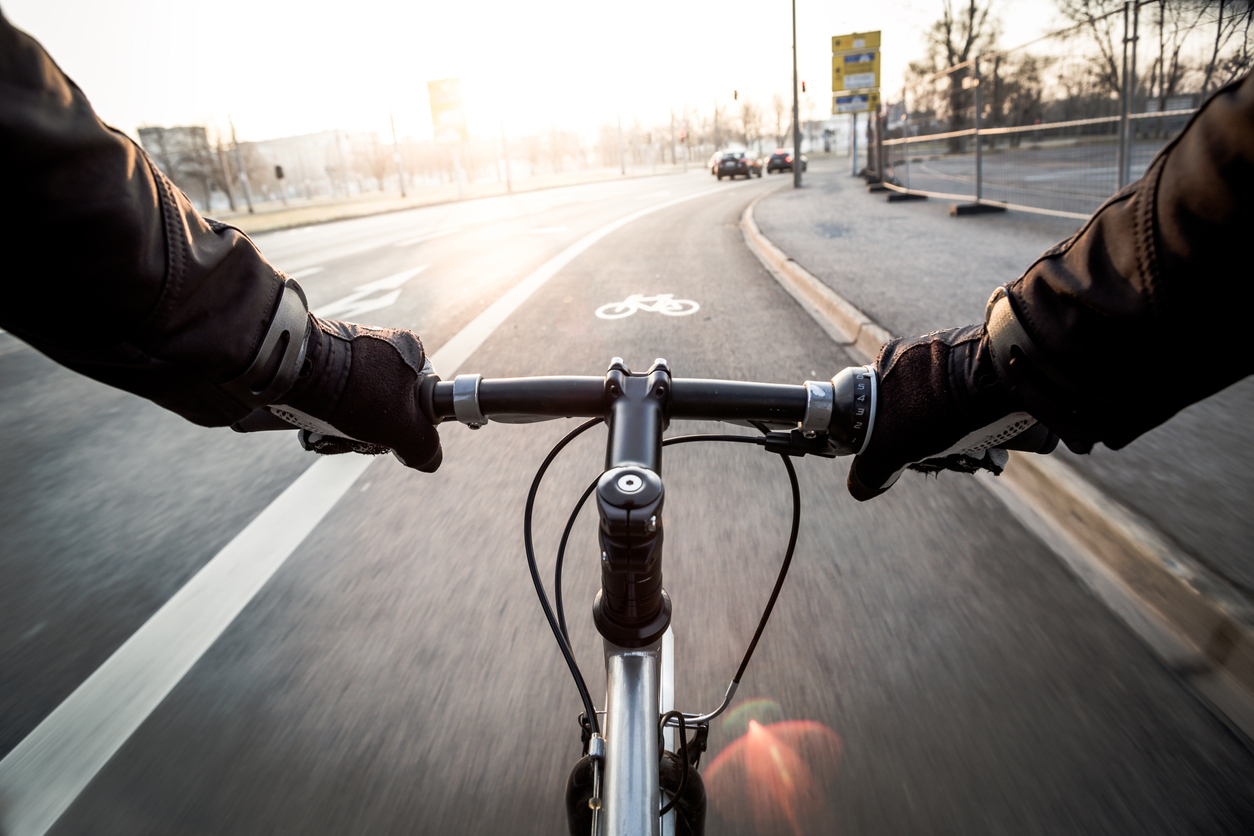


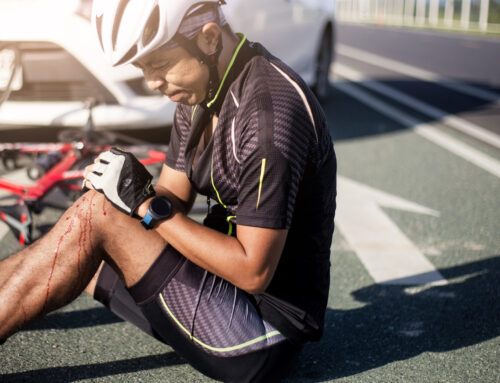








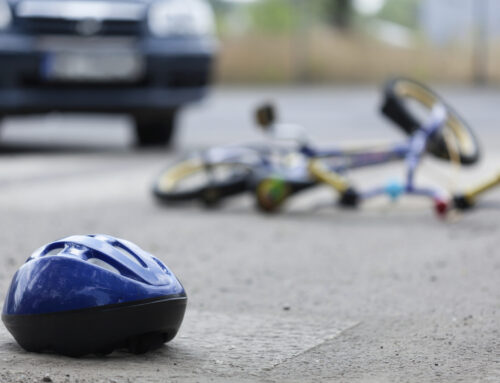

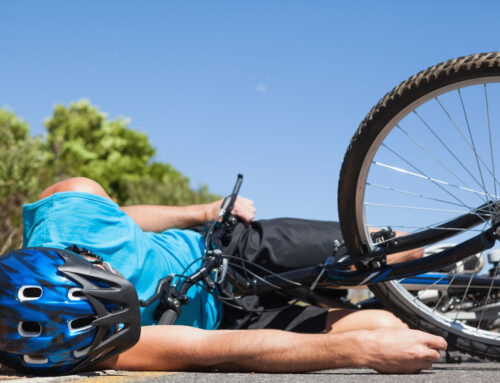




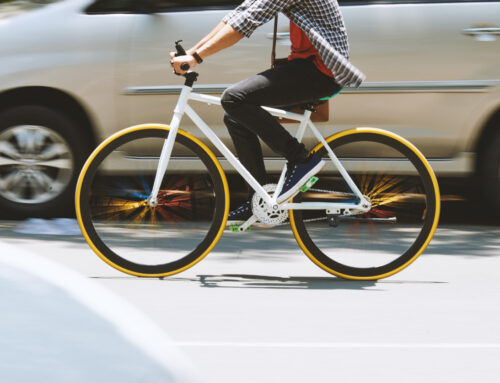





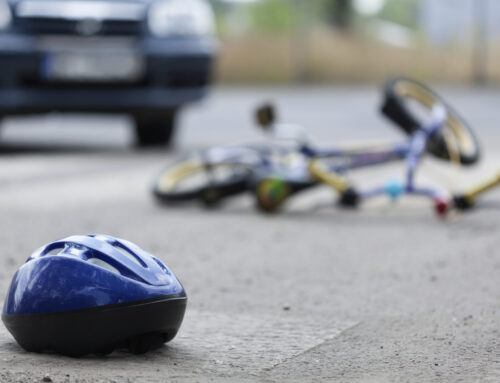





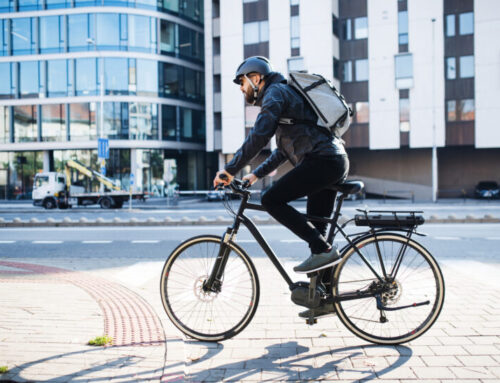







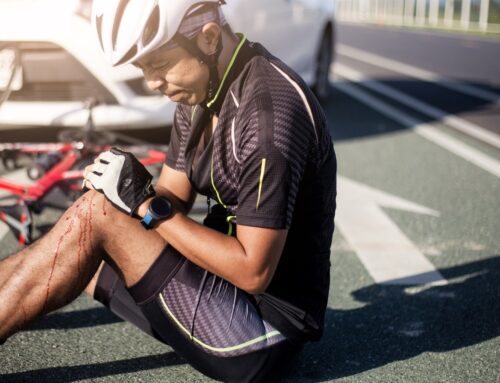










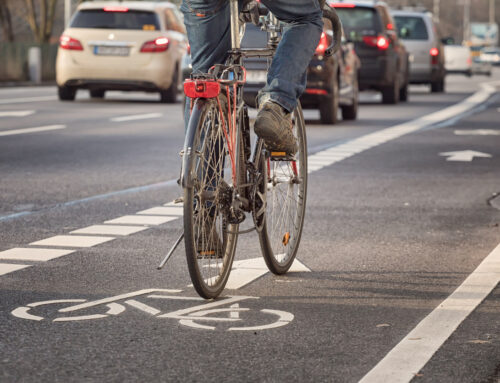














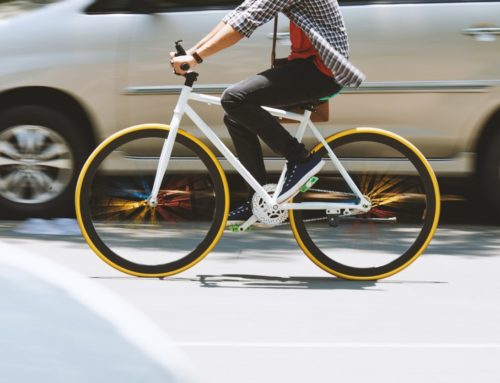




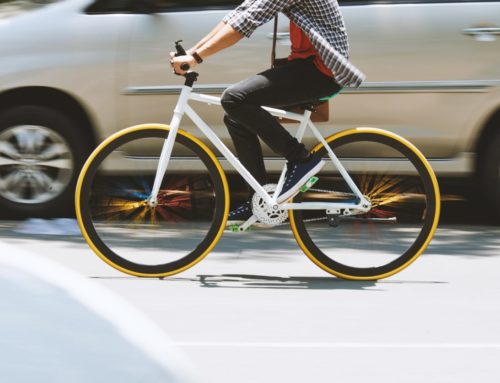




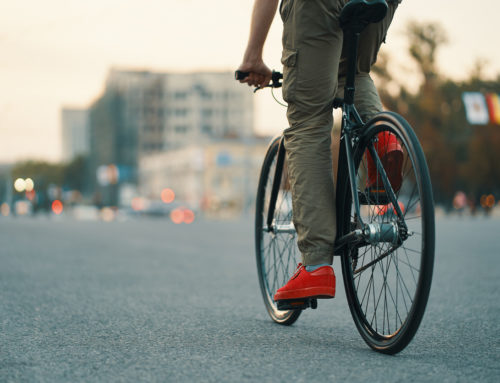


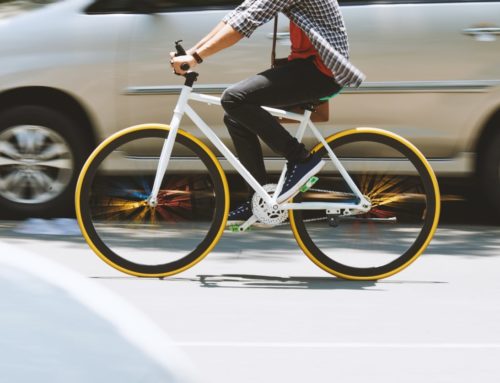


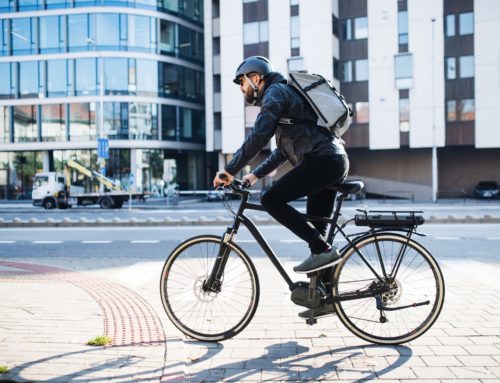


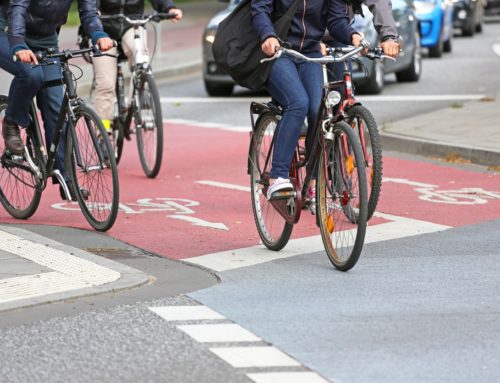


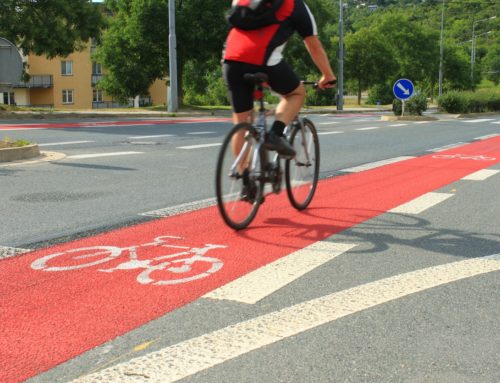













Leave A Comment